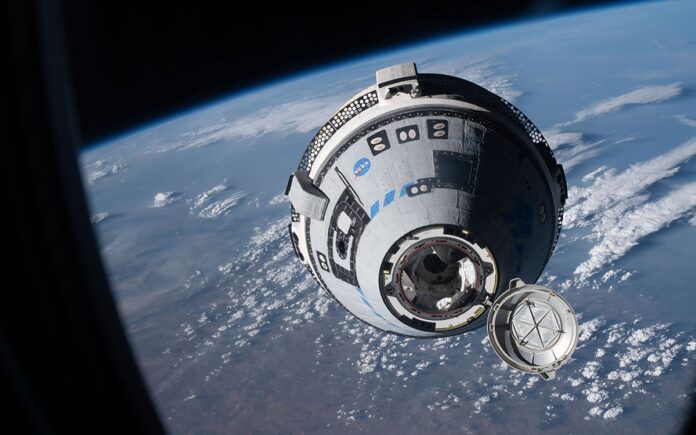Washington: NASA has suspended all future space missions involving Boeing’s Starliner spacecraft following a series of technical failures that left astronauts stranded on the International Space Station (ISS). Elon Musk’s SpaceX has now taken the lead in upcoming missions, with Boeing removed from NASA’s schedule until further notice.
SpaceX will spearhead NASA’s 2025 launches, including the critical mission to return astronauts Sunita Williams and Barry Wilmore, who have been stuck on the ISS for four months due to Starliner’s malfunctions. Initially planned for a one-week stay, the astronauts will remain on the space station until their return aboard SpaceX’s Crew-9 mission in February 2025.
NASA explained that its decision to pause Boeing’s involvement was driven by the need to investigate and fully understand the issues that led to Starliner’s failure during its journey to the ISS. The spacecraft experienced multiple helium leaks and thruster malfunctions, raising concerns about the spacecraft’s reliability.
“The timing and configuration of Starliner’s next flight will be determined once we have a clearer understanding of Boeing’s path to system certification,” NASA stated. “This will include lessons learned from the Crew Flight Test, approval of final certification products, and the spacecraft’s operational readiness.”
Boeing’s Starliner was once expected to play a key role in NASA’s space program, with its first operational mission scheduled for early 2025. However, after its disastrous crewed test flight in June, the future of the spacecraft remains uncertain. NASA is considering various certification paths, but it is unclear when Starliner will be ready for its next crewed flight.
The Starliner spacecraft, which had cost taxpayers more than $4 billion, suffered multiple issues leading up to and during its mission. Despite these setbacks, Starliner safely delivered astronauts Williams and Wilmore to the ISS. However, the spacecraft continued to experience technical difficulties, including additional helium leaks and the failure of five out of 28 thrusters.
Originally, the two astronauts were scheduled to stay on the ISS for only eight days, but the ongoing problems with Starliner led to a three-month delay in their return. NASA ultimately decided to return the spacecraft to Earth without its crew on September 7, leaving the astronauts aboard the ISS until their scheduled return in February.
Also Read | Russian Sports Minister Urges Dialogue with IOC Amid Tensions Over Olympic Ban
During their extended stay, Williams and Wilmore rejected a rescue plan that would have involved Starliner due to the high risks associated with the malfunctioning spacecraft. In a press briefing, Wilmore explained, “We simply ran out of time to fully test the systems and ensure our safe return without affecting the ISS schedule.”
The astronauts’ prolonged mission has also placed significant strain on their families. Wilmore expressed that while his time in space has been challenging, particularly missing out on his daughters’ lives, he believes the experience will help them grow stronger. Similarly, Williams reflected on the peaceful nature of space but acknowledged how much she misses simple pleasures on Earth, like walking her dogs.
Also Read | Zelenskyy Warns 10,000 North Korean Troops May Join Russia in Ukraine Conflict
Boeing’s Starliner program began as part of NASA’s Commercial Crew Program in 2014, with Boeing securing a $4.3 billion contract to develop a spacecraft to transport astronauts to the ISS. At the time, Boeing was a trusted aerospace giant, while SpaceX was a relatively new player. Since then, however, SpaceX has surpassed Boeing, successfully completing nine crewed missions, while Boeing has yet to achieve full certification for Starliner.
As NASA investigates Starliner’s failures, SpaceX continues to solidify its position as the leading partner in the agency’s space exploration efforts.



